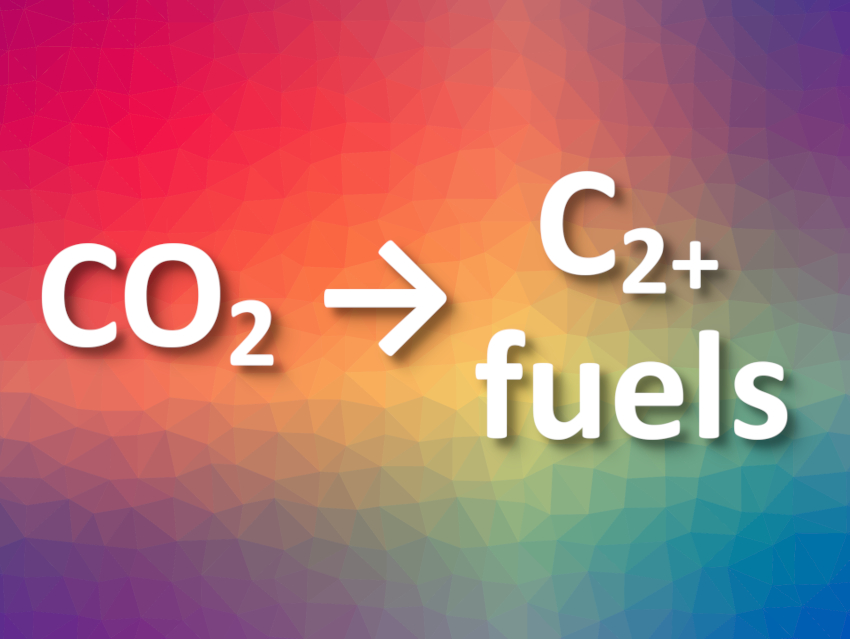The electrocatalytic carbon dioxide reduction reaction (CO2RR) can be used to transform the greenhouse gas CO2 into useful multicarbon (C2+) fuels and chemical feedstocks, e.g., ethylene or ethanol. However, the selective production of these desired products at high current levels is challenging. Electrocatalysts based on copper or its alloys generally provide moderate selectivity, but have issues with their long-term stability, especially in highly alkaline electrolytes.
Hongjie Dai, Stanford University, CA, USA, and colleagues have developed a simple electrodeposited Cu electrocatalyst on a hydrophobic porous gas-diffusion layer (GDL) that can be used for the stable and selective carbon dioxide reduction to C2+ products in near-neutral electrolytes. The team used a GDL consisting of a carbon fiber layer and a hydrophobic microporous layer. The carbon fiber layer was temporarily covered and copper was electrodeposited on the side of the hydrophobic microporous layer.
CO2 gas can be efficiently transported through the carbon layers towards the catalytically active copper layer. The team built a two-electrode flow-cell using a Cu/GDL cathode in a KCl catholyte and a nickel–iron hydroxides-based anode in a KOH anolyte. They found that the system provides excellent selectivity for the formation of C2+ products as well as stable operation at high current densities.
- Selective and High Current CO2 Electro-Reduction to Multicarbon Products in Near-Neutral KCl Electrolytes,
Xiao Zhang, Jiachen Li, Yuan-Yao Li, Yunha Jung, Yun Kuang, Guanzhou Zhu, Yongye Liang, Hongjie Dai,
J. Am. Chem. Soc. 2021.
https://doi.org/10.1021/jacs.0c13427




